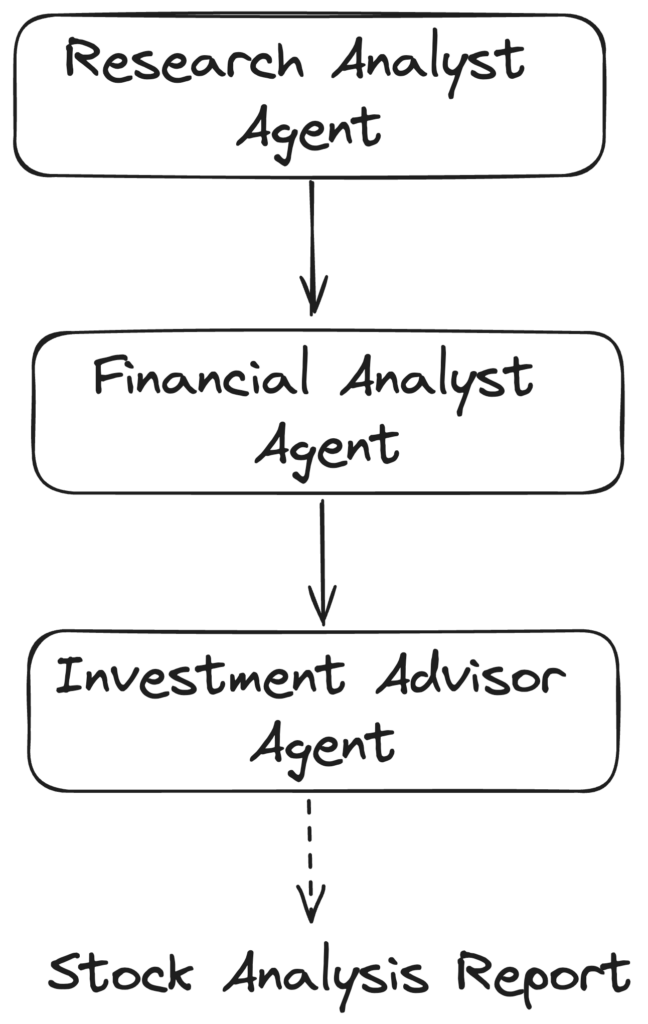The ability to customize strategies is an essential characteristic of AI stock predicting/analyzing trading platforms which allows traders to customize the platform according to meet their particular trading needs as well as their risk tolerance and market conditions. Platforms with powerful customization features can boost your trading efficiency. Here are the top 10 suggestions to evaluate the capabilities to customize strategies on these platforms:
1. Evaluate Pre-Built Strategy Templates
The variety of templates available: Find out whether the platform has an array of pre-designed strategies for different trading styles (e.g., day trading, swing trading, long-term investment).
You can easily modify the templates and tailor them to meet your particular requirements.
Performance history: Determine whether you can access the past performance data of strategies that you have already built.
2. Review Custom Strategy Creation
Drag-and-drop: Look for platforms that offer drag-and-drop interfaces to create custom strategies.
Check the platform's coding options. For advanced users, it may be beneficial to develop custom scripting languages (e.g. Python or R).
Flexibility: Ensure the platform permits you to establish entry/exit requirements, risk management parameters, and other essential elements of your strategy.
3. Check for Backtesting Capabilities
Historical data: Determine if your platform offers enough historical data to test strategies for backtesting.
Flexible parameters - Make sure you have the ability to change parameters (e.g. indicators, timeframes) while backtesting.
Performance metrics: Make sure the platform offers detailed measures of performance (e.g. Win rate Sharpe Ratio, Drawdown) when testing strategies.
4. Evaluate Real-Time Strategy Testing
Simulation or paper trading Check that the platform supports paper trading options, which allow you to test trading strategies in real-time without risking any money.
Live testing: Find out if you are able to test your strategies in real markets using small amounts capital.
Real-time adjustment: Determine whether it is feasible to change strategies in response to the current market conditions.
5. Assessment of Integration based on technical Indicators
Indicator library: See if the platform offers a comprehensive library of technical indicators (e.g. Moving averages, RSI, MACD).
Custom indicators. Make sure you have the ability to develop or utilize custom indicators to your plan.
Combinations of indicators: Check if the platform allows combining multiple indicators to create more complicated strategies.
6. Check for Risk Management Tools
Stop-loss/take-profit: Ensure the platform allows you to set stop-loss and take-profit levels within your strategies.
Size of your position. Make sure you have rules in place for the best way to handle your risk (e.g. the amount you set, percent of portfolio).
Risk-reward: Find out if your platform allows you to determine risk-rewards for each trade or strategy.
7. Evaluate Multi-Asset Strategy Support
Asset classes: Check that the platform can support strategies in multiple asset categories (e.g. stocks, ETFs or options, forex).
Cross-assets strategies: Discover whether you're able to create strategies that combine different asset classes.
Market coverage: Check if the platform is able to cover those markets that you're looking for (e.g., US, international, copyright).
8. Evaluate the Automation and Execution
Automated trading: Ensure the platform allows automated execution of strategies using predefined rules.
Types of orders: Determine if the platform supports various order types (e.g., limit, market and stop) to enable strategy execution.
Latency: Ensure that the platform has a low latency when trading, especially if you employ high-frequency strategies.
9. Look for strategies optimization tools
Parameter Optimization: Check whether the platform provides tools to optimize the parameters of strategies (e.g. genetic algorithms grid search).
Machine learning integration Check to see whether your platform supports machine learning in order to improve and refine strategies.
Scenario analysis: Verify that the platform can test strategies in different market conditions (e.g. volatile, volatile, bull or bear).
Review User Comments
User feedback: Conduct user research to evaluate the effectiveness of the platform's the development of a customized strategy.
Community forums: See if you can find forums where users can discuss and share custom strategies.
Support resources: Ensure whether the platform offers tutorials, documentation, as well as webinars that will help users create and optimizing strategies.
Bonus Tips
Trial period - Use the free trial to try out the ability to customize your strategy.
Scalability is important. The platform needs to be able to handle strategies that get more complicated as you trade.
Customer support Find out if assistance available to address queries or issues related to strategy.
If you follow these guidelines, you can evaluate the capabilities of AI platforms for analyzing and predicting stocks to modify strategy. This will enable you to choose a platform that matches your trading objectives and that permits you to apply and improve strategies. A platform offering powerful customization options will allow you to change your strategy to meet the changing market conditions and enhance the performance of your strategy. Follow the most popular click this about ai investment app for more examples including ai trading bot, chart analysis ai, ai stock market, free ai tool for stock market india, ai stock price prediction, free ai trading bot, ai investing app, ai trading bot, ai options trading, ai invest and more.

Top 10 Tips To Evaluate The Social And Community Features Of Ai Stock Trading Platforms
Understanding how users share information, interact and grow is vital to understanding the AI-driven trading and stock prediction platforms. These features can enhance the user experience and offer useful assistance. Here are 10 suggestions for assessing the community and social aspects of such platforms.
1. Active User Community
Tip: Check if the platform has an active user base that regularly engages in discussions, provides insights and offers feedback.
Why: A vibrant community is a place where users can grow and learn together.
2. Discussion Forums and Boards
You can evaluate the quality of the quality of a message board by looking at the activity levels.
Why? Forums let users ask questions, discuss strategies and market trends.
3. Social Media Integration
Tips: Make sure the platform is integrated with social media channels for sharing insights and updates (e.g. Twitter, LinkedIn).
The reason: integrating social media with other platforms can boost engagement and provide current market information in real time.
4. User-Generated Materials
Search for features that permit users to share and create content. For example, articles, blogs or trading strategies.
Why? User-generated content promotes collaboration and offers diverse perspectives.
5. Expert Contributions
Find out if experts from the field such as market analysts or AI experts, have contributed to the project.
Why: Expert insights add authenticity and depth to the community discussions.
6. Real-time Chat and Messaging
Tips: Ensure you are able to instantly connect with users by evaluating the real-time chat options and the messaging.
Reason: Real-time interaction enables quick data exchange and collaboration.
7. Community Modulation and Support
TIP: Check the level of support and moderation within the community (e.g. moderators and moderators as well as customer support representatives).
Why: Moderation is important to maintain a positive, peaceful and respectful atmosphere. Helping users solve their issues as swiftly as they can.
8. Webinars and Events
TIP: Make sure the platform hosts live Q&As with experts or hosts webinars.
Why: These conferences provide professionals from the industry with an opportunity to network with fellow participants and gain knowledge from them.
9. User Reviews and User Feedback
Find options that give users the ability to provide feedback and comments on the platform or its community features.
Why? User feedback helps identify strengths in the community and areas for improvement.
10. Gamification of Rewards
Tips: Find out whether the platform has gamification elements, such as badges or leaderboards.
Gamification can be a powerful method to motivate users' involvement with the community.
Tips for Privacy & Security
Make sure that all community and social features have robust security and privacy measures to safeguard users' information and other interactions.
You can assess these features to determine if the AI trading and stock prediction platform provides a community that is supportive and helps you trade. View the top rated ai stock trading app for website tips including chart ai trading, ai copyright trading bot, best stock analysis website, best stock advisor, stock analysis tool, trading with ai, investing ai, ai trading tools, trader ai intal, best ai for trading and more.
